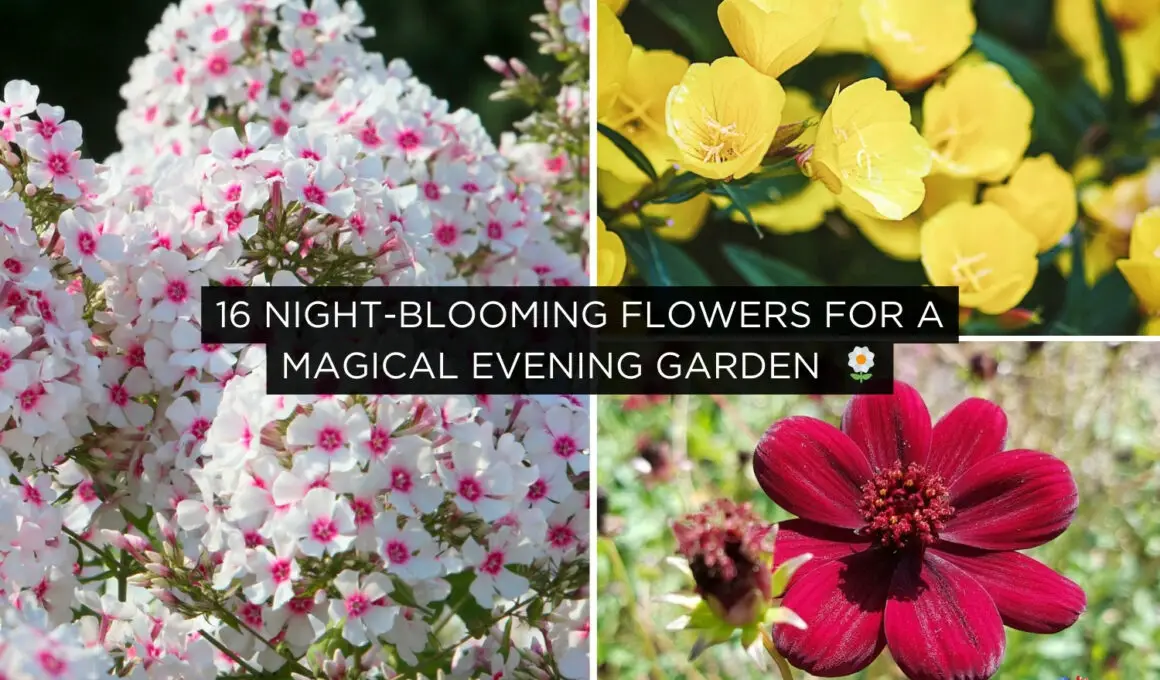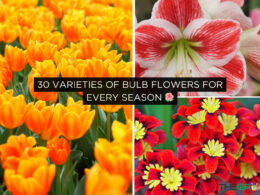In This Article Show
If you’ve ever stepped outside as the sun dips below the horizon, you know the special kind of magic that nighttime in a garden can hold. It’s not just the tranquility that comes with the end of a day; it’s the subtle stirring of life that thrives under the cover of darkness. In my 13 years of gardening, I’ve found a profound appreciation for this often overlooked aspect of gardening—especially for the unique beauty of night-blooming flowers.
These nocturnal wonders are the unsung heroes of the garden world. While many plants show off their beauty under the bright sun, night-bloomers wait until the stars come out to display their splendor. They bring a whole new dimension to gardening, offering visual delights and enchanting fragrances that drift through the night air.
What’s more, these flowers aren’t just about beauty and aroma; they play a crucial role in the ecosystem, attracting nocturnal pollinators like moths and bats. Incorporating them into your garden supports local wildlife and contributes to the biodiversity of your area.
Enchanting Night-Blooming Flowers for Your Garden
Let’s dive into the captivating world of night-blooming flowers with detailed descriptions, blooming habits, and care instructions for each. These flowers not only enhance your garden’s beauty after sunset but also support nocturnal pollinators and add a unique charm to your outdoor space.
1. Moonflower (Ipomoea alba)
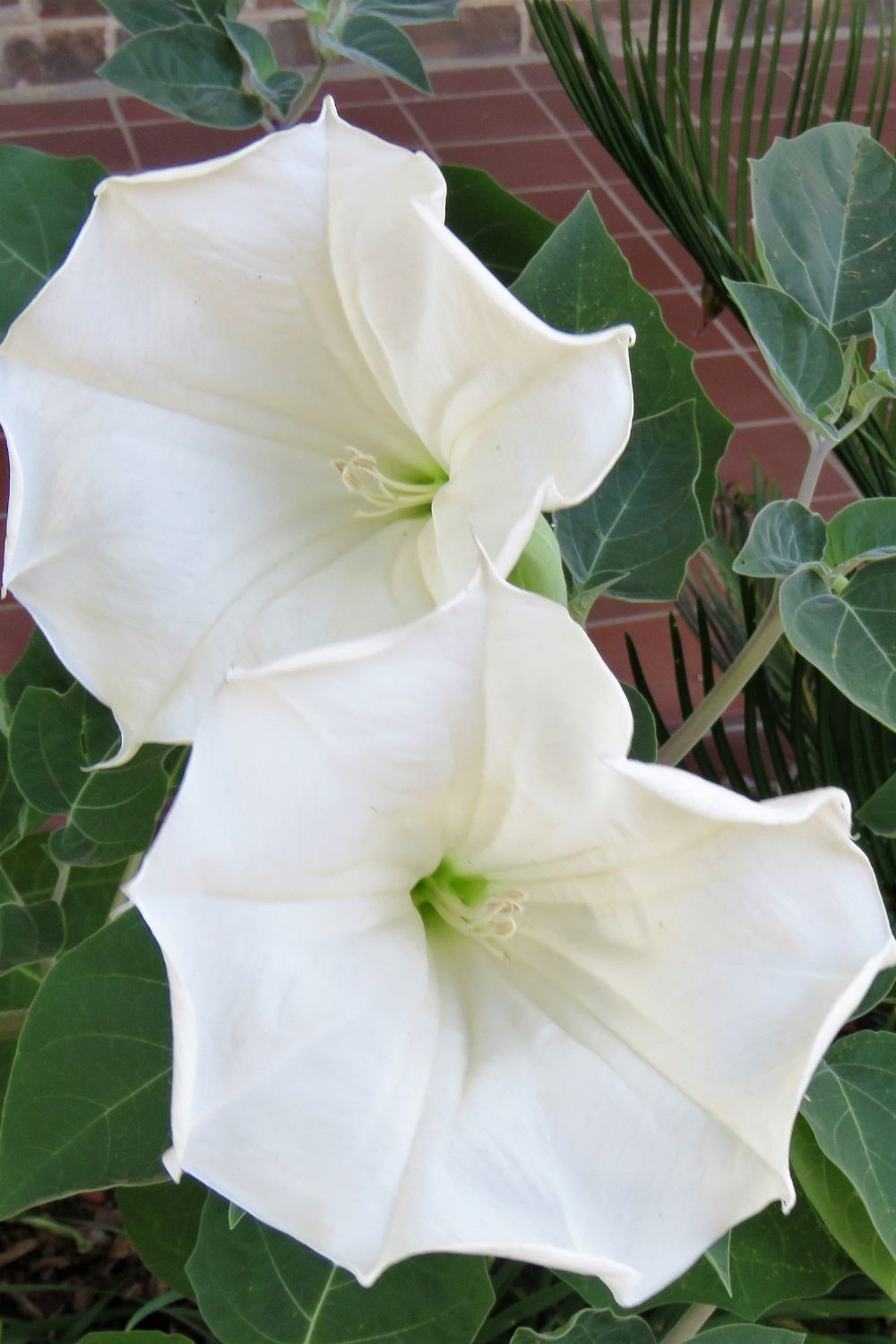
The Moonflower is a fast-growing vine that unfurls its large, white blooms under the night sky, filling the air with a sweet fragrance. These flowers open quickly in the evening and close by morning.
Plant Moonflower seeds in full sun to partial shade in well-draining soil. Provide a support structure for the vines to climb. Keep the soil moist but not waterlogged. Prune as necessary to control growth.
Get Gardening For Beginners
Our new EBOOK shows newcomers and green thumbs alike a step by step guide to growing the garden of their dreams.
2. Evening Primrose (Oenothera biennis)
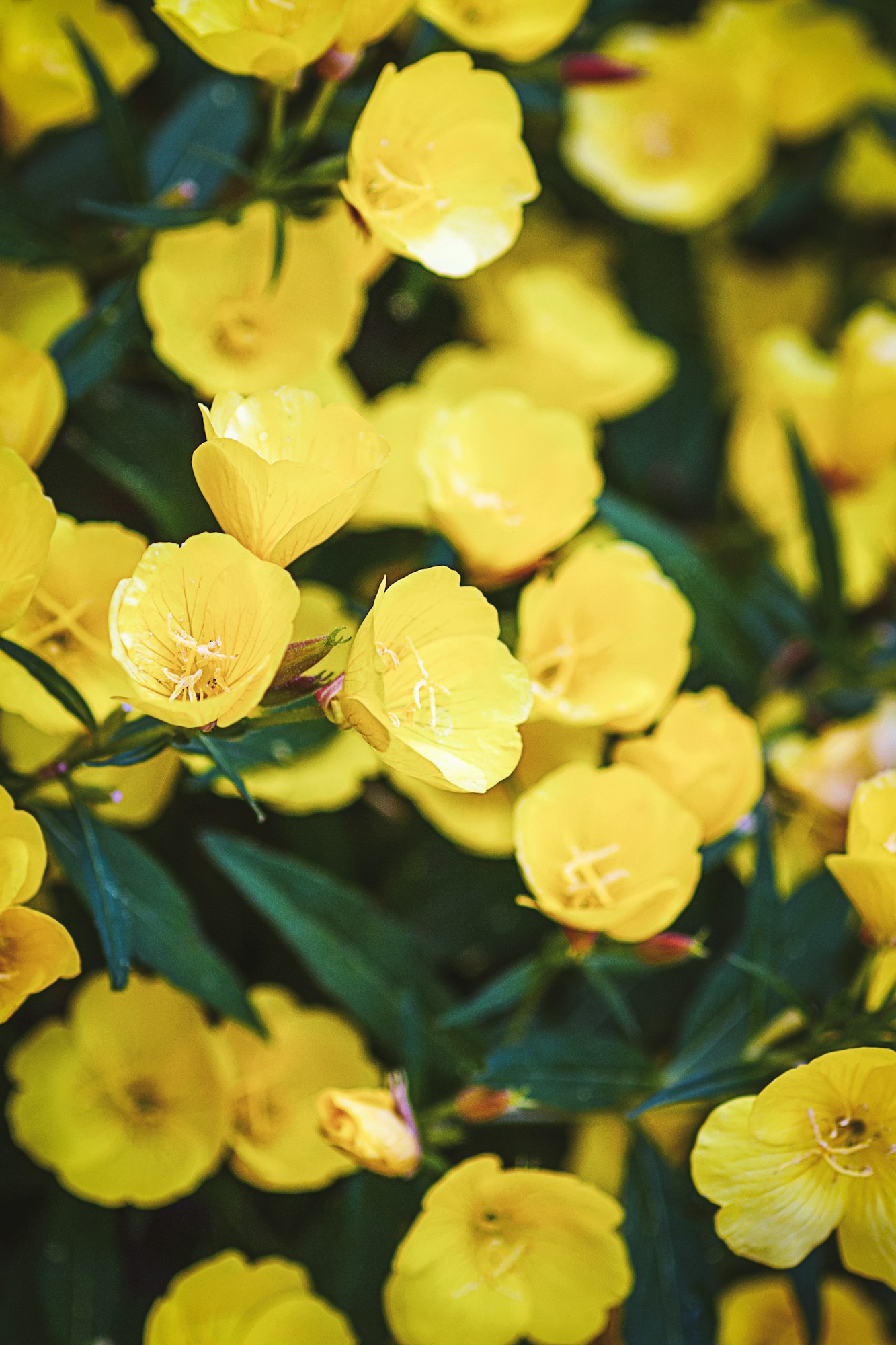
Evening Primrose flowers are known for their striking yellow blooms that open at dusk and remain until the next day. They emit a subtle, sweet fragrance, attracting pollinators. This hardy plant prefers full sun and well-drained soil. It’s drought-tolerant once established and requires minimal care. Sow seeds directly in the garden in early spring or fall.
3. Night Phlox (Zaluzianskya capensis)
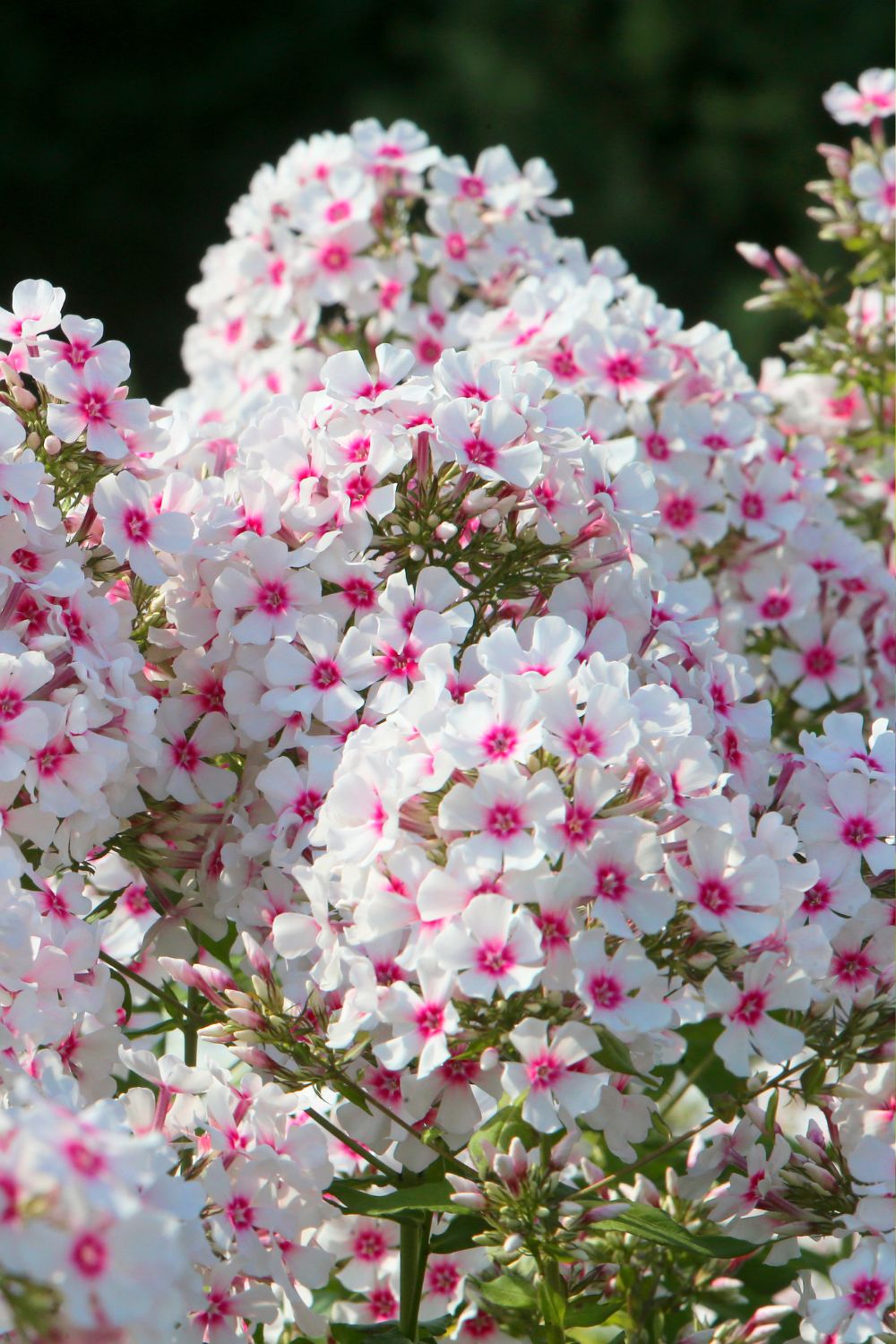
Also known as Midnight Candy, Night Phlox produces clusters of white and maroon flowers that open in the evening, releasing a honey-almond-vanilla scent. Plant in a sunny spot with well-draining soil. Keep the soil consistently moist during the growing season. Deadhead spent blooms to encourage more flowers.
4. Night-Blooming Jasmine (Cestrum nocturnum)
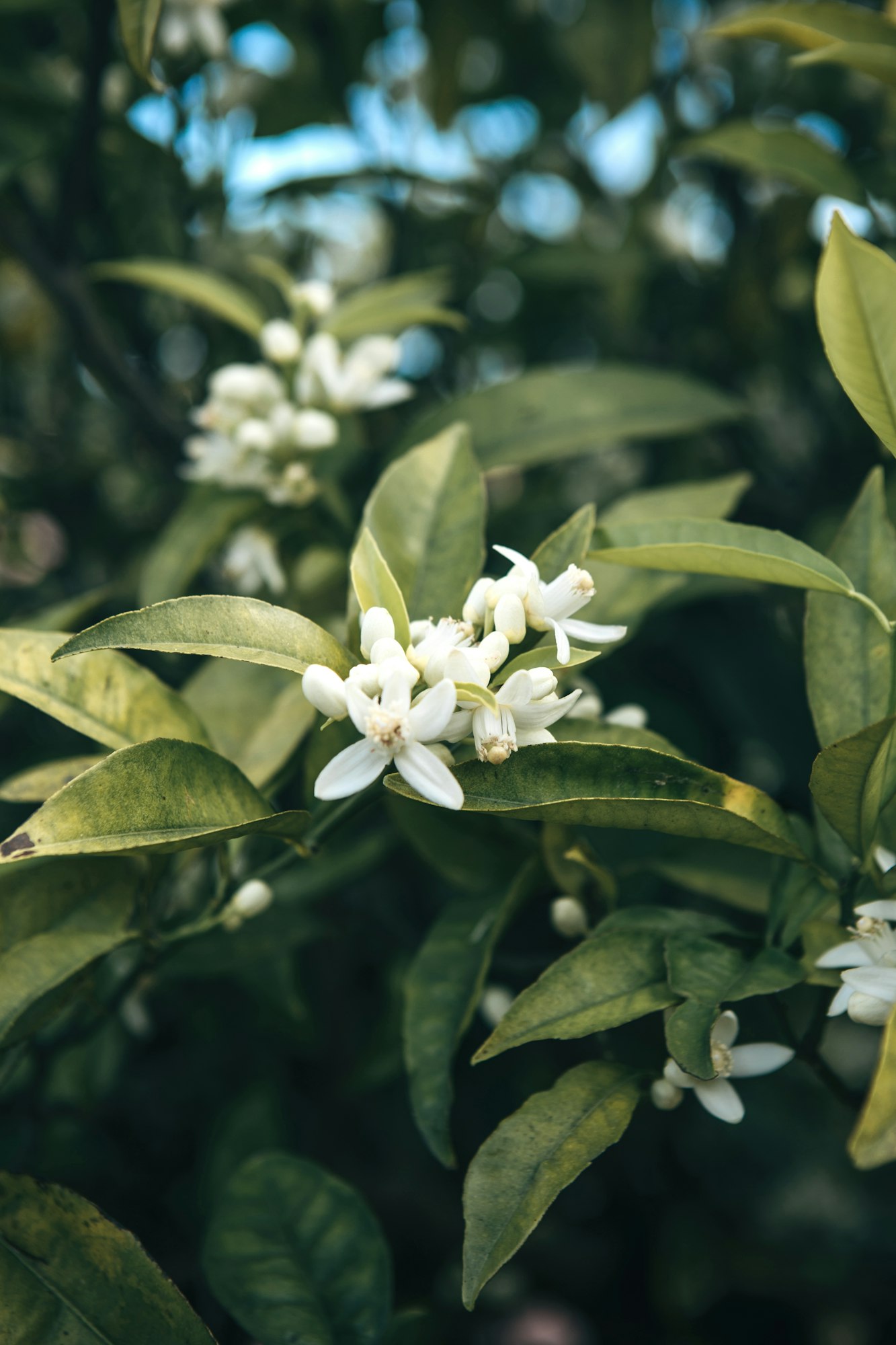
This shrub produces tubular white flowers that bloom at night, emitting a powerful and sweet fragrance that fills the air. Thrives in full sun to partial shade and well-drained soil. Regular watering and occasional fertilization support its growth. Prune in late winter or early spring to maintain shape and promote blooming.
5. Night-Blooming Cereus (Various species)
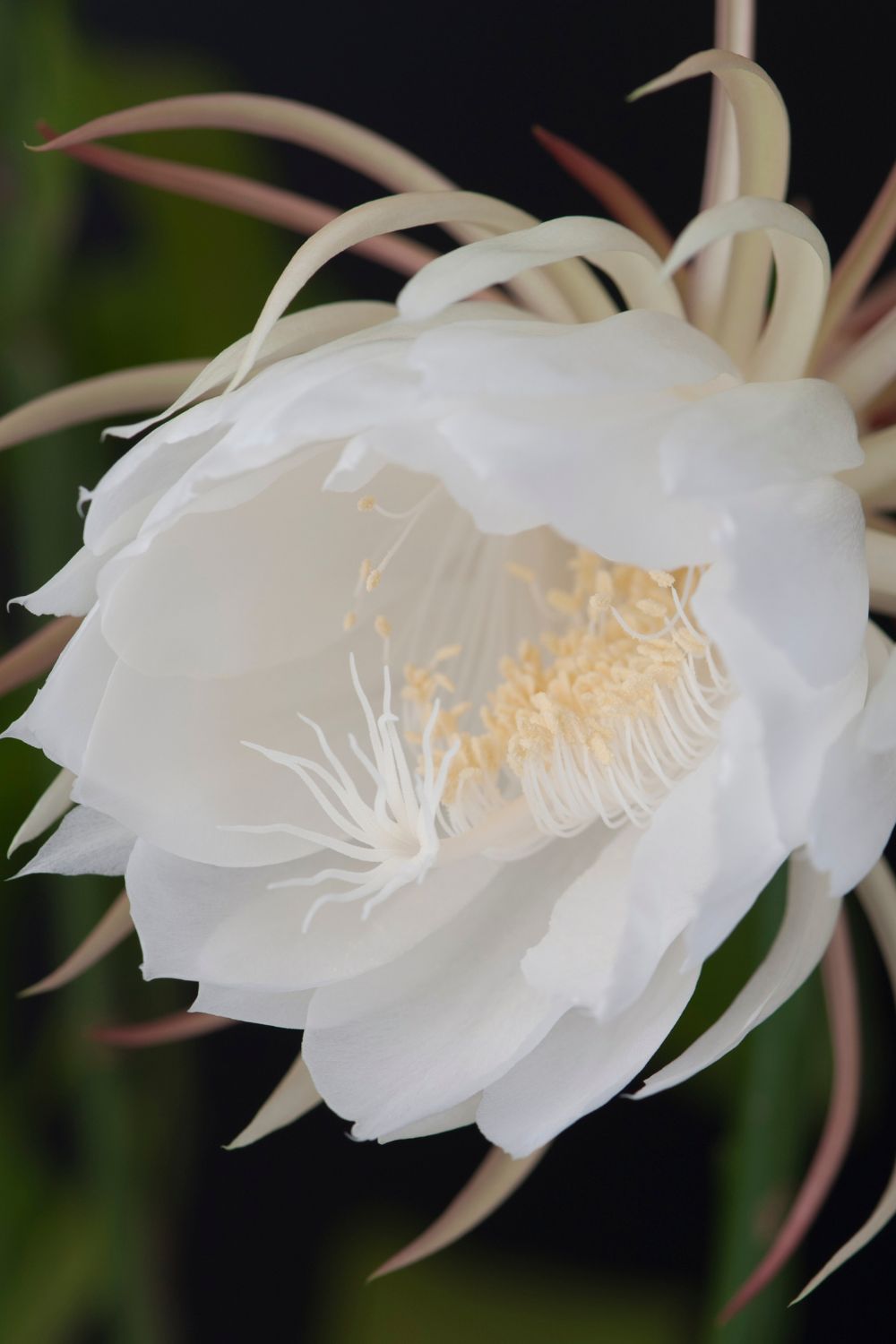
This cactus blooms only at night, with large, fragrant flowers that last a single night. The event is rare and often celebrated. Prefers bright indirect light and a well-draining cactus mix. Water sparingly and allow the soil to dry out between watering. Fertilize during the growing season.
6. Datura (Datura stramonium)
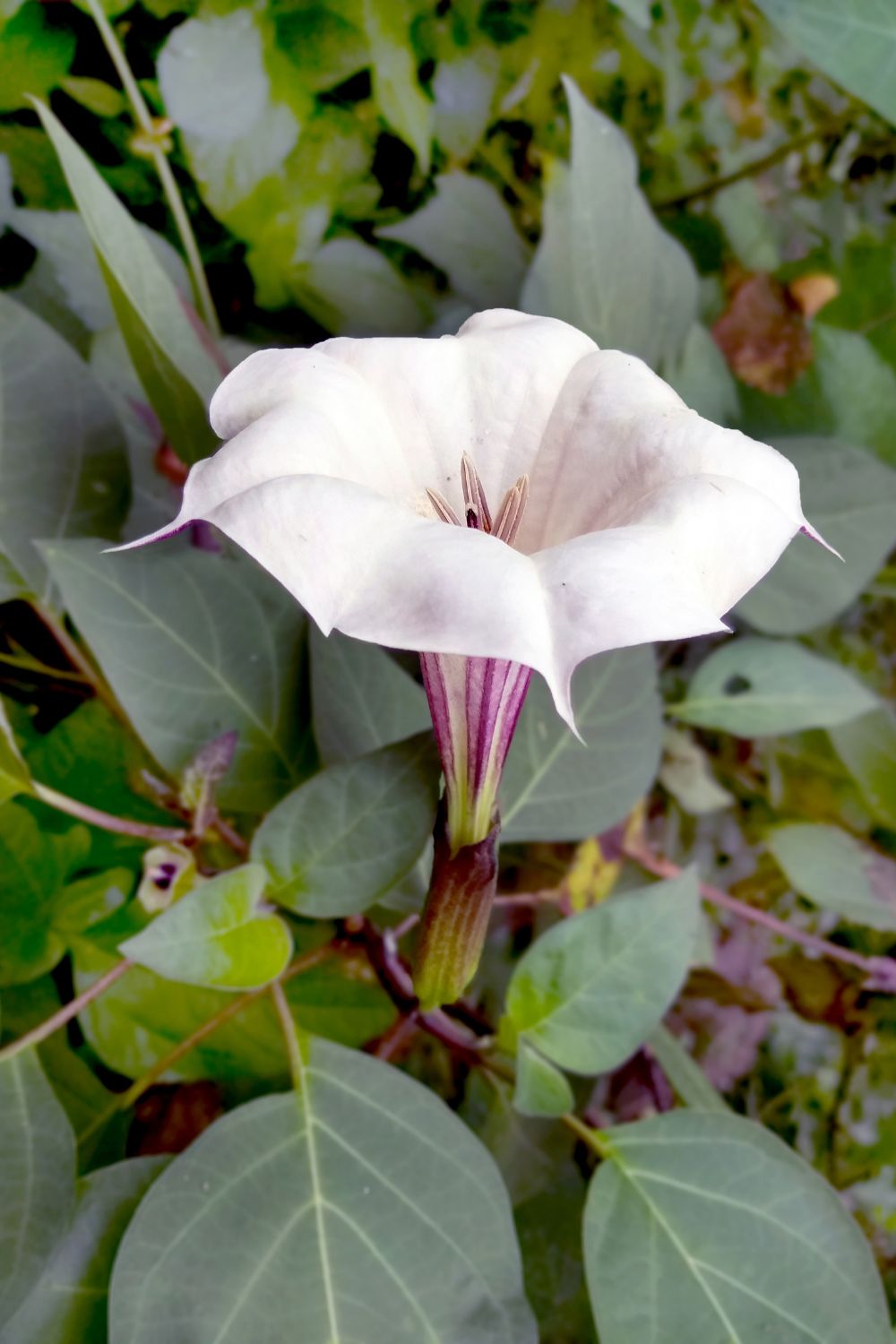
While Datura’s large, trumpet-shaped flowers are enchanting, all parts of the plant are highly toxic if ingested. Plant in full sun and well-draining soil, ensuring it’s out of reach of children and pets. Wear gloves when handling.
7. Evening Stock (Matthiola longipetala)
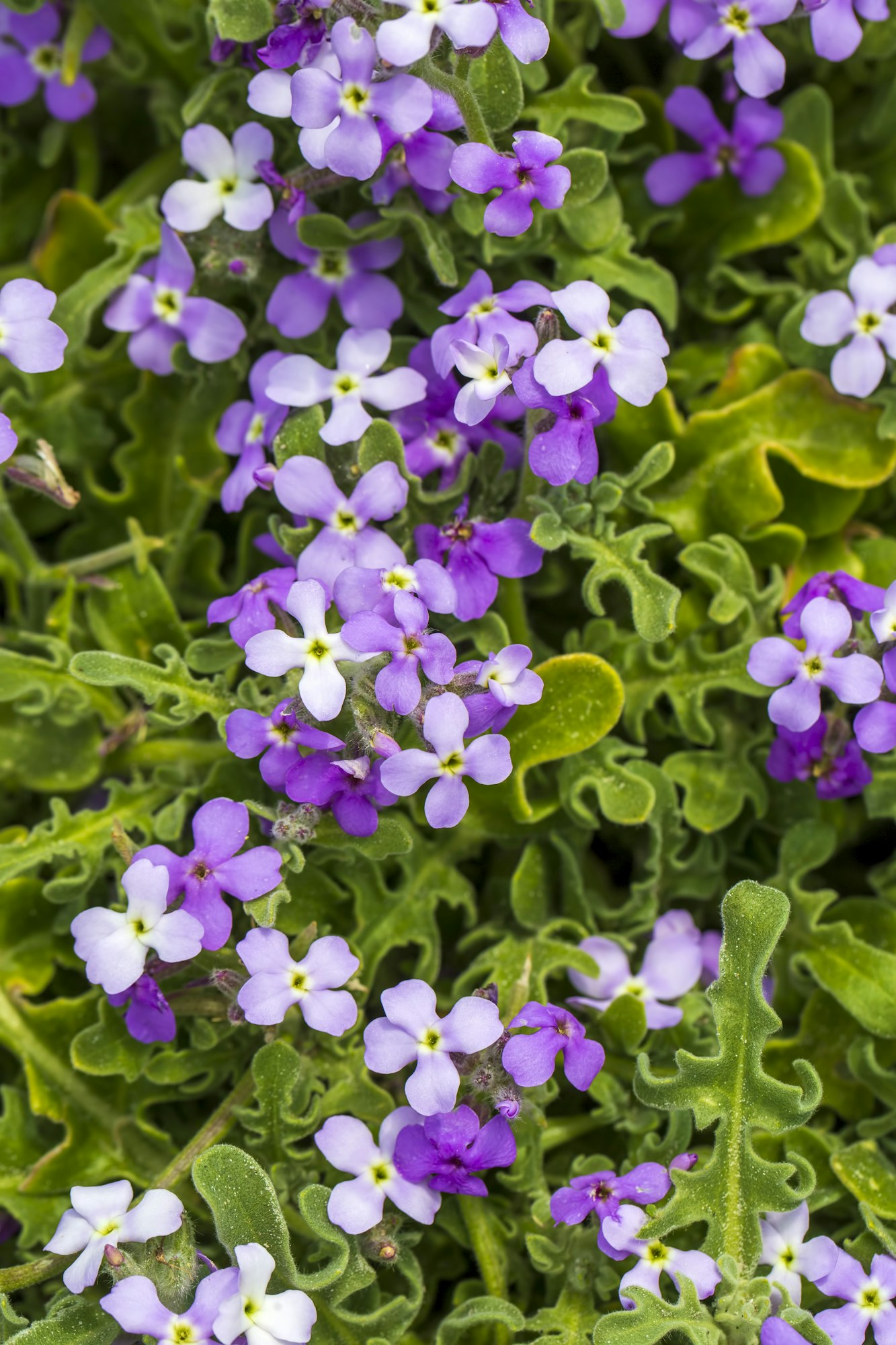
This plant produces small, purple, or pink flowers that open in the evening, releasing a spicy-sweet fragrance. Grow in full sun to part shade in fertile, well-draining soil. Water regularly but avoid waterlogging. Deadhead to prolong blooming.
8. Four O’Clock (Mirabilis jalapa)
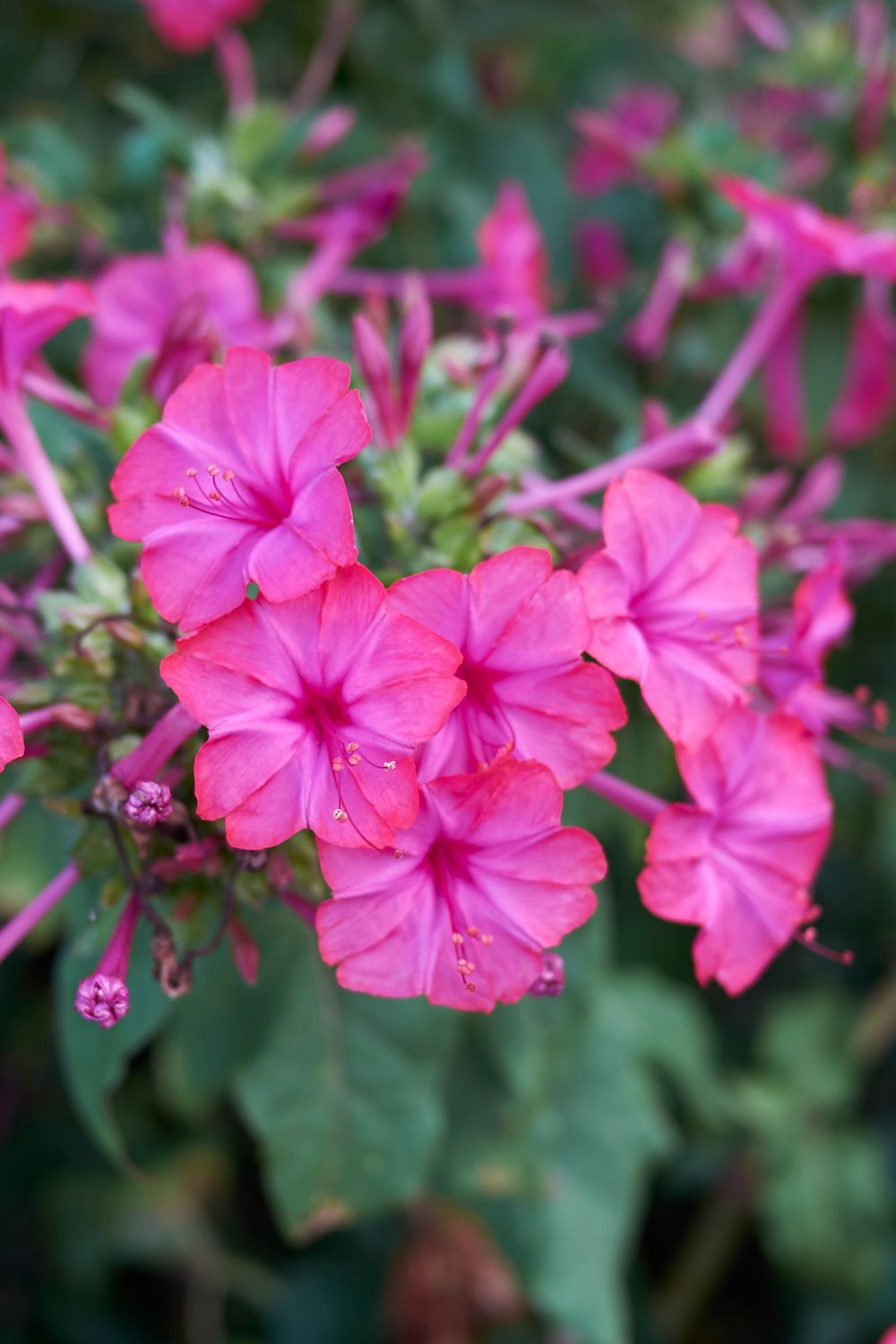
The flowers of Four O’Clocks open in the late afternoon to evening, showcasing a range of colors from white to pink, yellow, and red. Plant in full sun or partial shade in well-draining soil. They’re great for borders or as a colorful accent. Keep soil moist but not soggy.
Get Gardening For Beginners
Our new EBOOK shows newcomers and green thumbs alike a step by step guide to growing the garden of their dreams.
9. Chocolate Flower (Berlandiera lyrata)
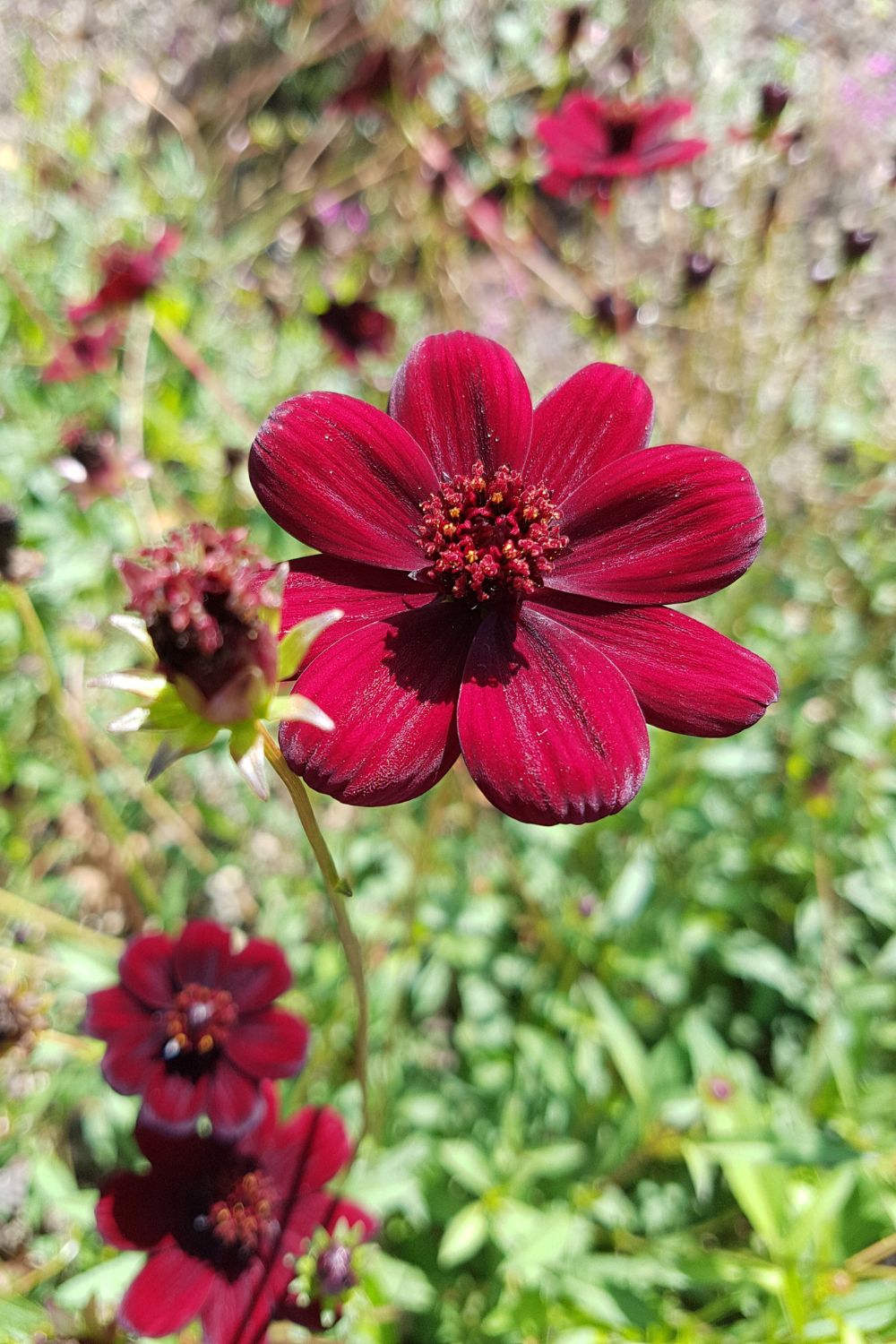
True to its name, this plant produces yellow daisy-like flowers that emit a strong chocolate scent in the morning. Prefers full sun and well-draining, even sandy, soil. Drought-tolerant once established, it requires minimal care beyond occasional watering.
10. Tuberose (Polianthes tuberosa)
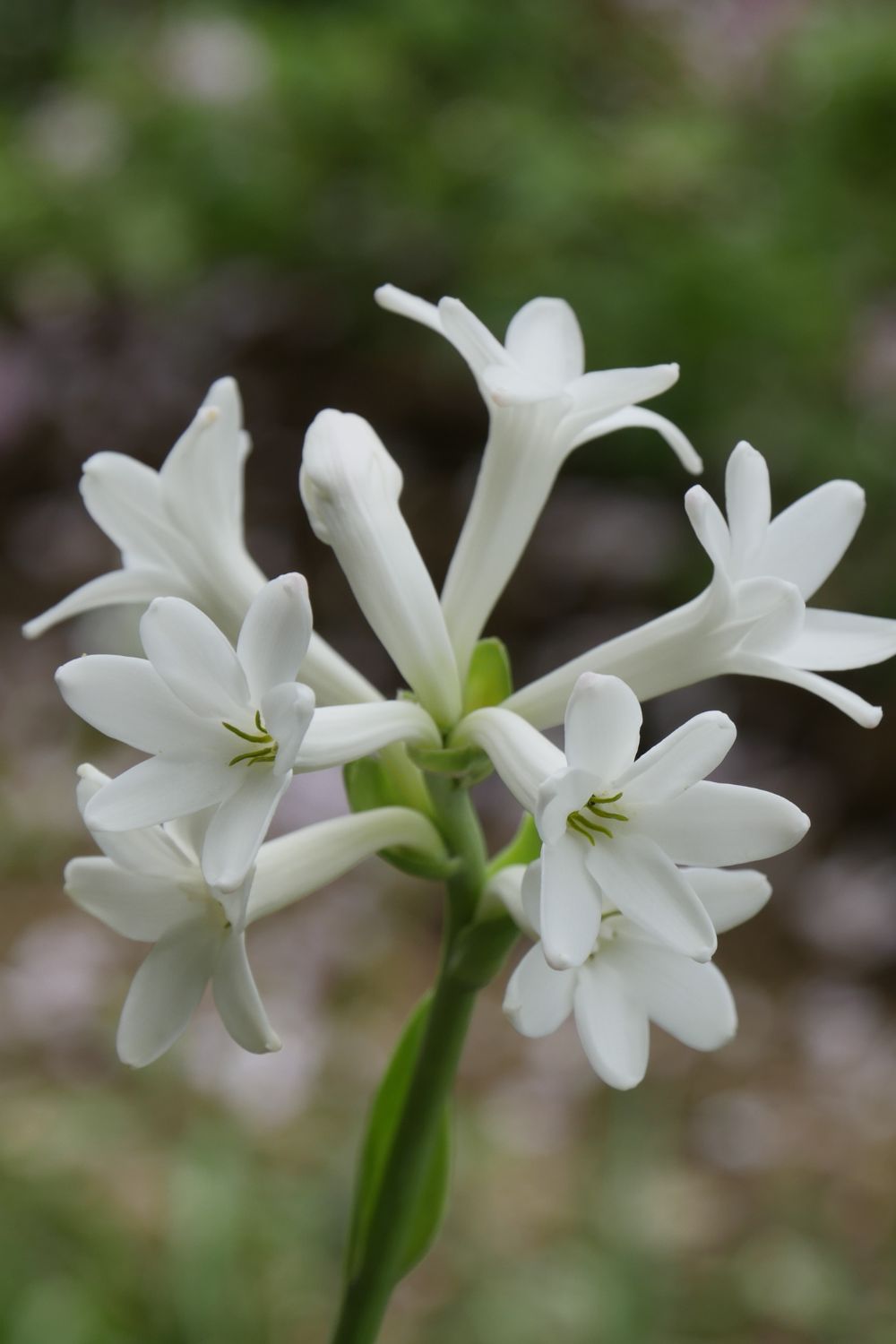
Tuberose boasts highly fragrant, white, waxy flowers on tall stems, often used in perfumery. Plant bulbs in spring in full sun and well-draining soil. Water regularly and provide support for the stems. Mulch to keep roots cool.
11. Angel’s Trumpet (Brugmansia)
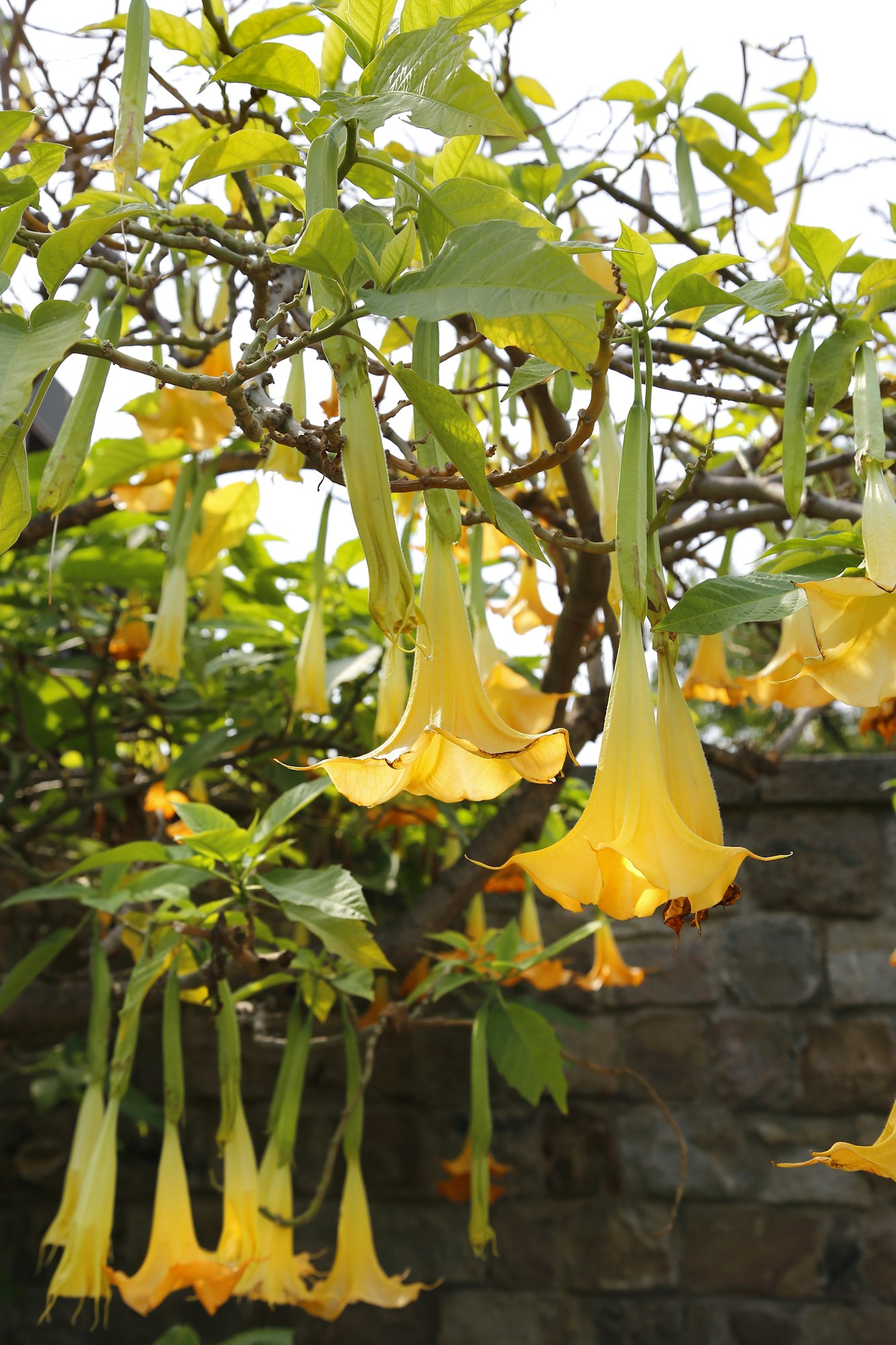
This shrub or small tree produces large, pendulous flowers. All parts of the plant are toxic, so handle them with care. Thrives in full sun to partial shade with moist, well-draining soil. Regular feeding and watering promote lush growth and flowering.
12. Night Gladiolus (Gladiolus tristis)
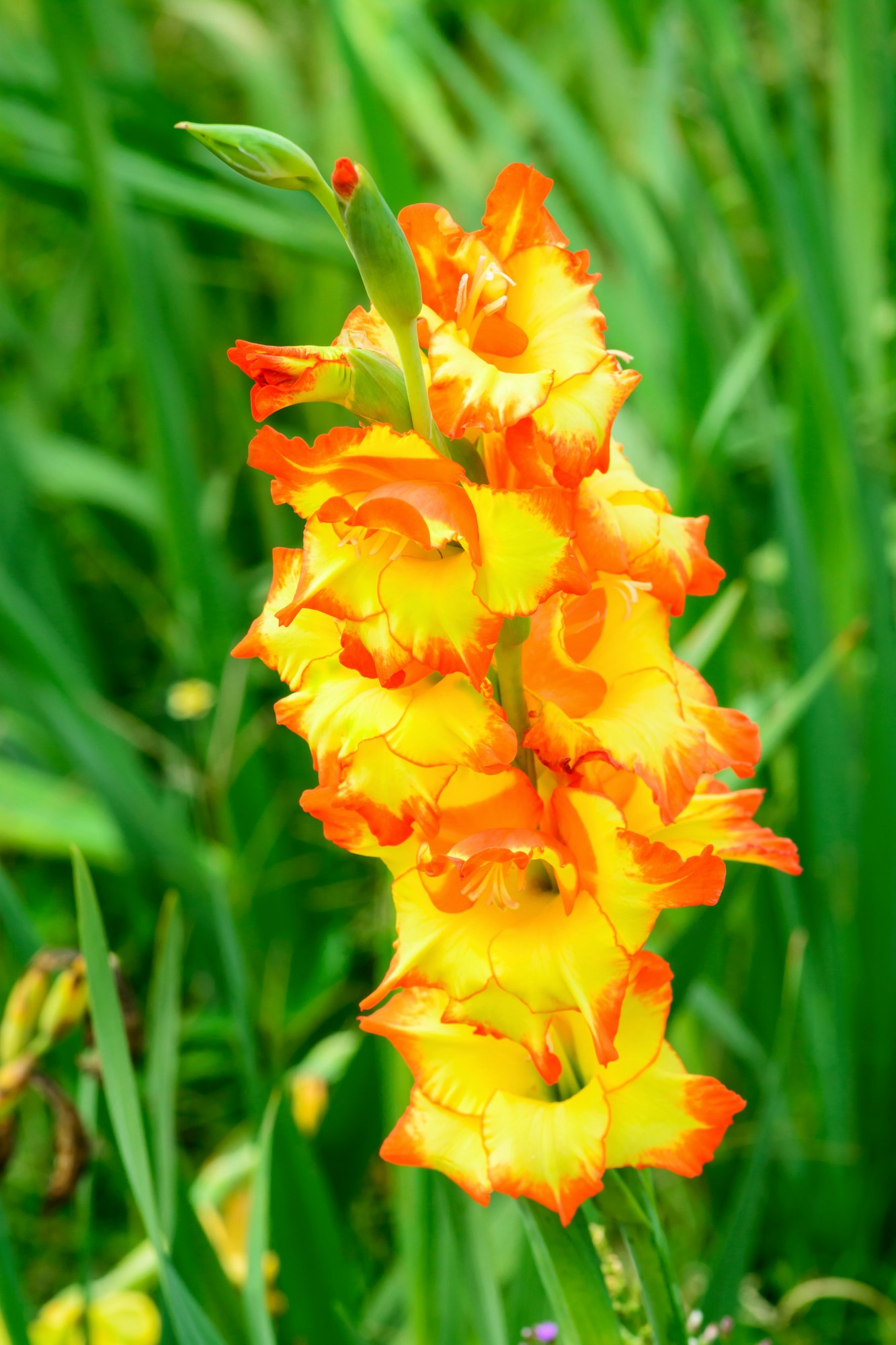
This species produces delicate yellow or cream flowers with a sweet fragrance, noticeable in the evening. Plant corms in well-draining soil in a sunny location. Water regularly during the growing season and deadhead to encourage more blooms.
13. Queen of the Night (Selenicereus grandiflorus)
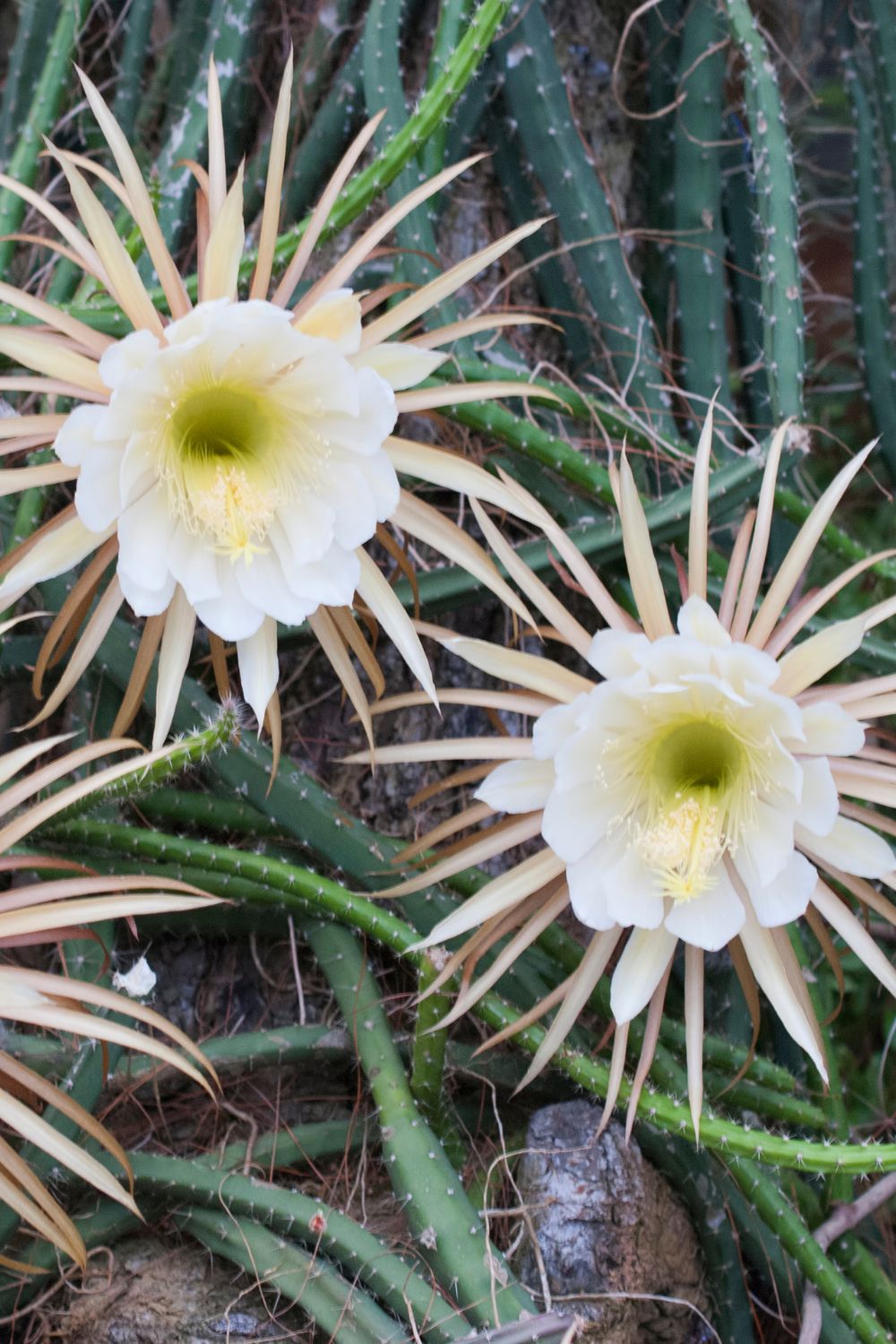
Known for blooming a single night a year, its large, fragrant flowers are a spectacle, making it a prized possession for many gardeners. Requires a warm environment and indirect light. Water sparingly and fertilize during the growing season. Stake or support as it grows.
14. Water Lilies (Nymphaeaceae)
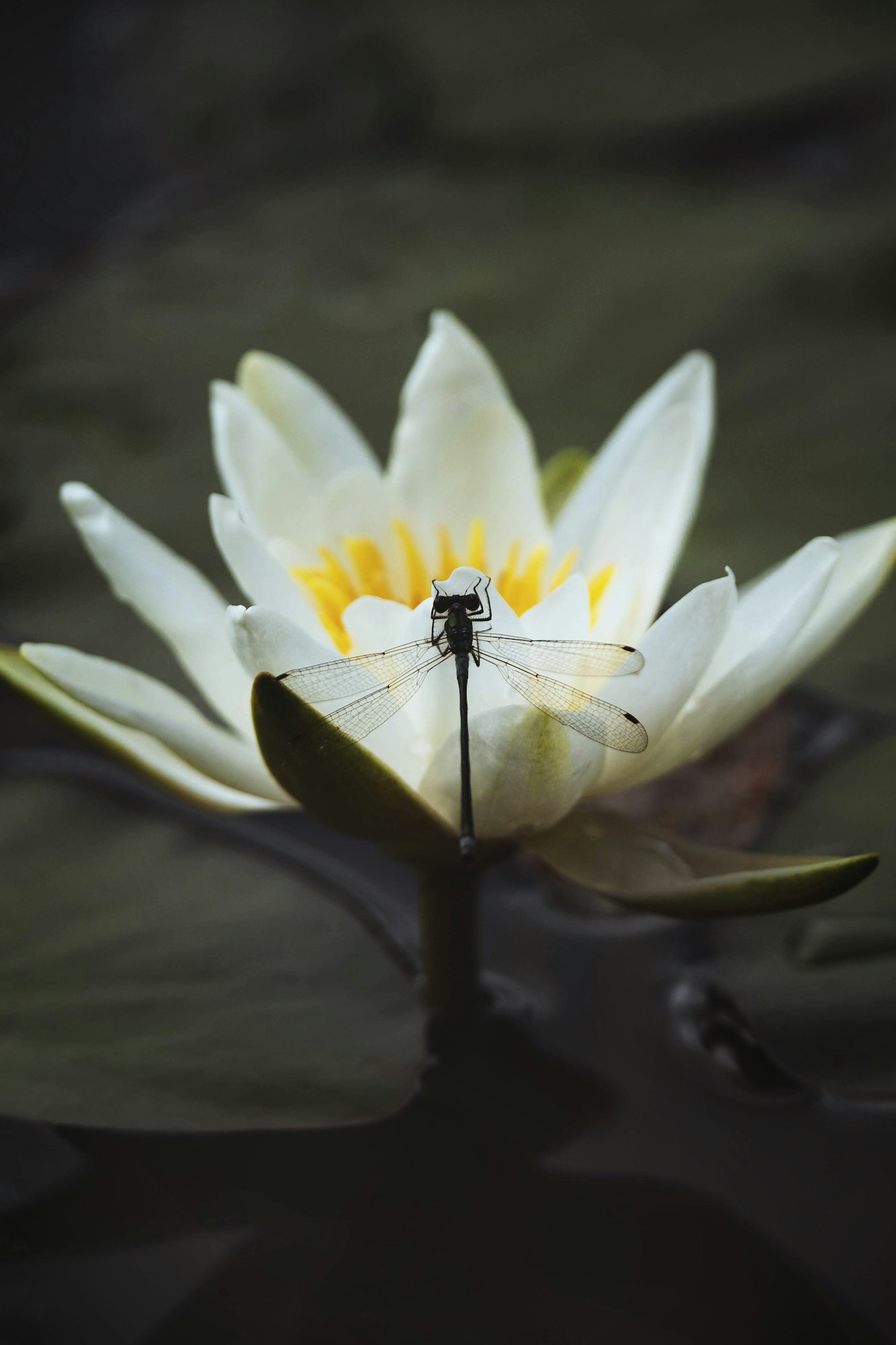
Some species open their flowers at dusk, adding beauty and fragrance to ponds and water gardens. Plant in pots submerged in still or slow-moving water. Full sun is preferred for most varieties. Remove spent blooms and dead leaves.
15. Hesperis matronalis (Dame’s Rocket)
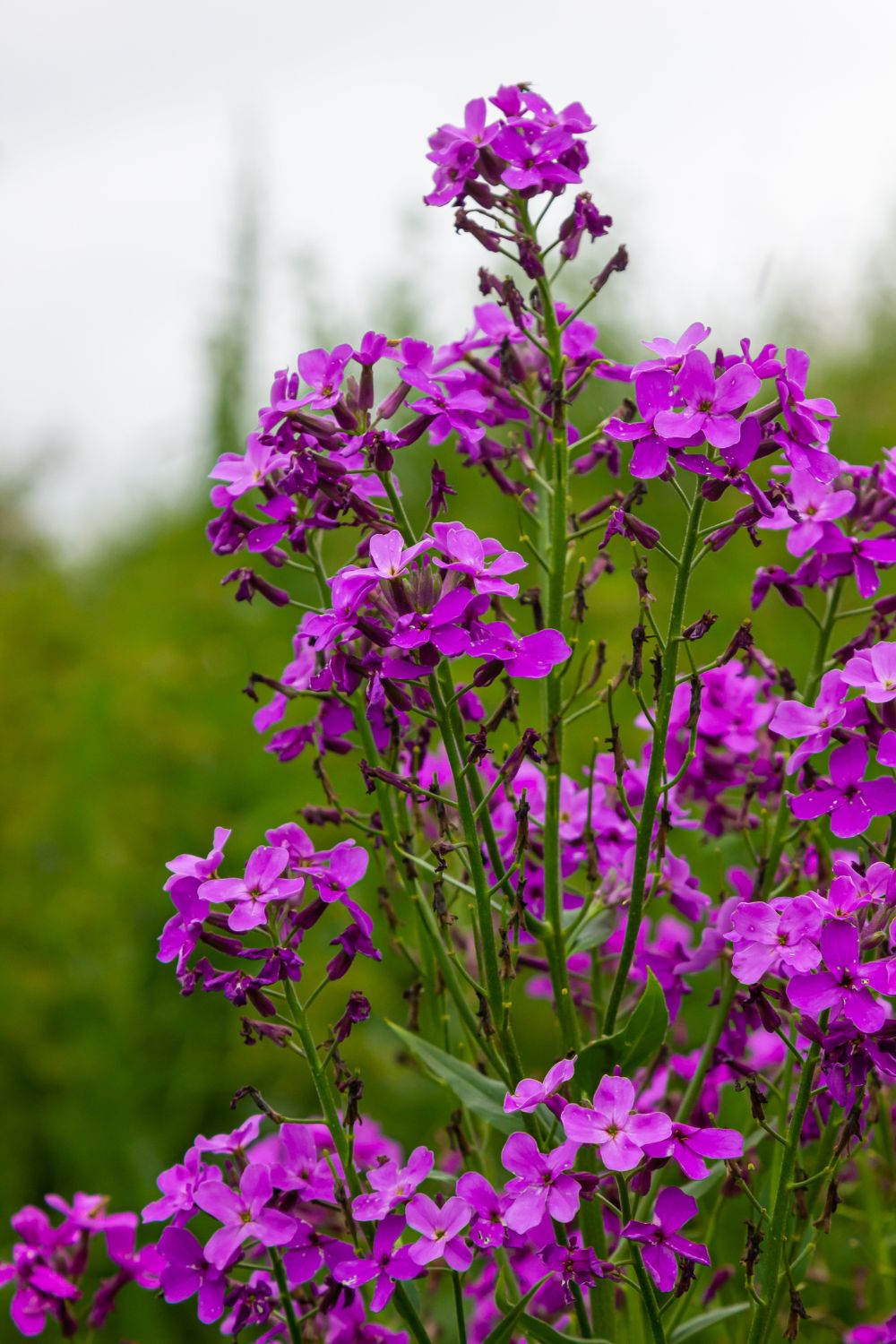
This plant produces clusters of fragrant, purple, pink, or white flowers in the evening. Prefers full sun to partial shade and moist, well-drained soil. Can self-seed aggressively, so manage its spread by deadheading.
16. Nicotiana (Nicotiana spp.)
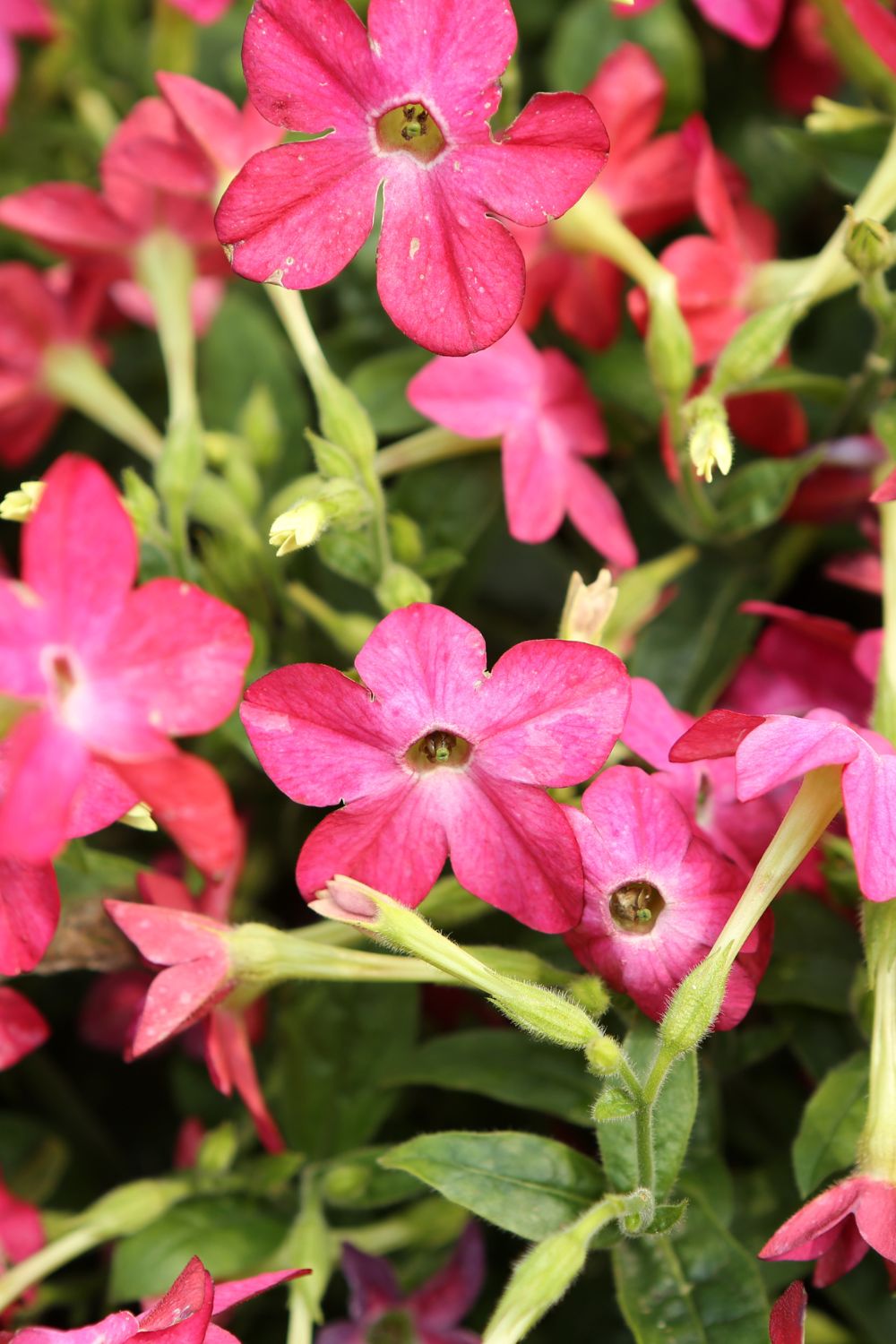
With its trumpet-shaped flowers and sweet scent, Nicotiana lights up the garden at night. Plant in fertile, well-drained soil in full sun to partial shade. Keep the soil moist and deadhead to encourage new blooms.





